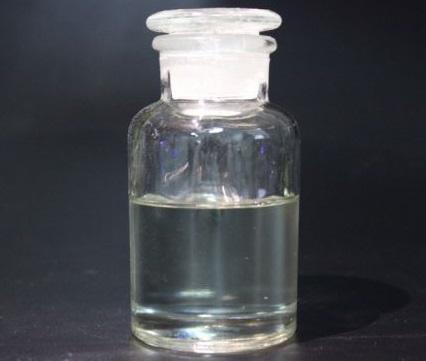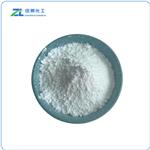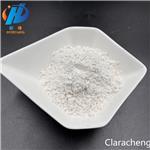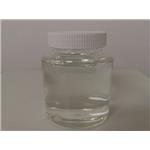Toxicity of Diethylene glycol
Jan 18,2022
Diethylene glycol (DEG) is a commonly used solvent and ingredient in numerous commercial products. It is used as a dehydrating agent for natural gas processing; as a lubricating and finishing agent for textiles; a constituent in brake fluids, lubricants, antifreeze formulations, wallpaper strippers and in artificial fog solutions; a solvent for printing inks and textile dyes; and is used as an intermediate in the production of some resins, triethylene glycol, surfactants, and diethylene glycol esters and ethers.

Environmental Fate
Diethylene glycol is miscible with water, has a low vapor pressure of 0.008 hPa at 25°C, a very low log Kow of 1.98, and also a low Koc. Consequently, water is the most relevant environmental compartment. Calculation according to Mackay, Level I indicates the following distribution among environmental compartments: air 0.75%, water 99.25%, soil 0%, sediment 0%; confirming the relevance of the pelagic systems.
The substance is readily biodegradable and the very low log Kow suggests a low potential for bioaccumulation.
Mechanism of Toxicity
Diethylene glycol is metabolized by alcohol dehydrogenase to toxic metabolites predominantly, HEAA and DGA. DEG can cause an anion gap metabolic acidosis, cortical necrosis resulting in permanent renal failure and neurotoxicity. DGA, not HEAA, was recently identified as being the primary nephrotoxic agent causing proximal tubule cell death. The neurotoxicity seen after DEG poisoning is only recently described. The neurotoxicity is delayed and has cranial and peripheral demyelinating sensorimotor polyneuropathy pattern. The exact mechanism of the neurotoxicity remains unclear and in the cases described in the literature, it appears to be prolonged but does show evidence of reversibility.
- Related articles
- Related Qustion
Dichloromethane (DCM; mol. wt. 93.328) was first prepared in 1840 by mixing chloromethane and chlorine and exposed to sunshine. It has been used as a versatile solvent to dissolve various organic compounds in many chemical processes since W....
Jan 18,2022Organic ChemistryEstrone, one of the major mammalian estrogens, is an aromatized C18 steroid with a 3-hydroxyl group and a 17-ketone. It is produced in vivo from androstenedione or from testosterone via estradiol.....
Jan 18,2022APIDiethylene glycol
111-46-6You may like
- What is the effect of water on 3-aminopropyltriethoxysilane (APTES)?
May 17, 2024
- The solubility of Succinic anhydride
May 11, 2024
- How to synthesize Benzyl vinylcarbamate?
Mar 26, 2024
Diethylene glycol manufacturers
- Diethylene glycol
-

- $60.00 / 1kg
- 2024-05-18
- CAS:111-46-6
- Min. Order: 1kg
- Purity: 99
- Supply Ability: 5000
- Diethylene glycol
-

- $20.00 / 25kg
- 2024-04-24
- CAS:111-46-6
- Min. Order: 1kg
- Purity: 99.9%
- Supply Ability: 200000kg
- Diethylene glycol
-

- $6.00 / 1KG
- 2024-04-12
- CAS:111-46-6
- Min. Order: 1KG
- Purity: More than 99%
- Supply Ability: 500KG/Month




